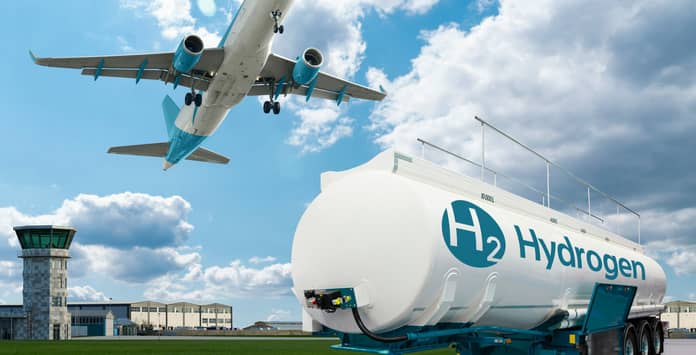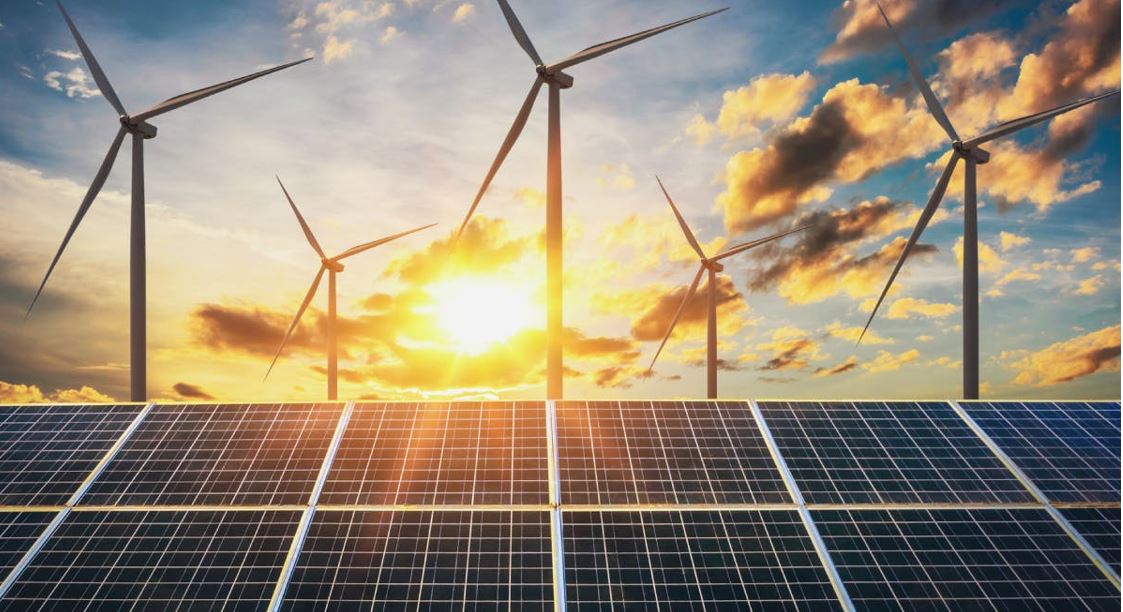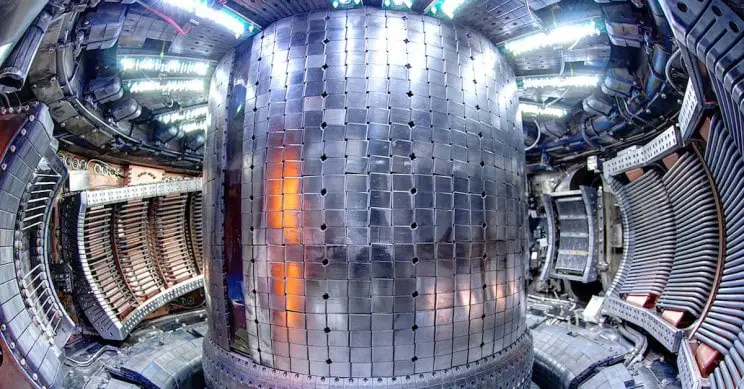In order to capture more powerful wind energy, the wind turbines in offshore wind farms have been enlarged in recent years, and the blades of wind turbines have become longer and longer as the height increases.
But there are also many challenges that come with it, whether it is engineering, maritime affairs, or infrastructure, all need to be updated.
This year, the world’s largest offshore wind turbine will start generating power in the British sea. The wind turbines used in the Dogger Bank wind field are the Haliade X series launched by General Electric (GE).
The height of the Haliade X 14.7MW wind turbine is about 260 meters, which is slightly lower than the 272-meter-high Taipei Breeze Nanshan.
This large wind turbine is one of the contributors to the year-by-year reduction in the cost of offshore wind power.
Giant wind turbines are entering the market much faster than the industry expected.
In 2018, the industry expected that the price of offshore wind power in the UK could drop below £100 per MWh in 2020, but the cost dropped rapidly.
Developers are able to commit to selling electricity for under £50 per MWh, without having to rely on government subsidies.
Theoretically, wind turbines can continue to grow taller, and longer blades will of course have a larger sweeping area, capturing more wind and generating more electricity, but there are also some restrictions.
The challenges of Huge Wind Turbines
At present, in order to avoid corrosion caused by the collision of the blade with raindrops and waves, the speed of the blade tip must be limited to 90 meters per second.
As the fan gets taller and the blades get longer, the rotor spins more slowly, and to produce the same power, the blades must deflect the wind more.
As a result, the wind turbine will bear more force, which can only increase the weight and cost of the wind turbine.
And the blades are longer and more flexible, making it difficult to fully control the surrounding wind flow, and it is also more difficult to ensure that the blades do not hit the tower in extreme wind conditions.
If giant wind turbines continue to grow taller, in addition to facing manufacturing, installation and operation problems, transportation is also a problem.
Transporting the blades and towers from the factory to the site and assembling the wind turbines on site will be a challenge, as will the port infrastructure, giant installation ships and cranes, among other things.
Therefore, even though many countries are surrounded by sea, there are many shallow seas or good wind farm sites, which are suitable for the development of offshore wind power.
But it is still necessary to consider the wind turbine manufacturing chain, port facilities, the number of installation ships and professional technicians, otherwise the engineering and marine engineering will also fight.




